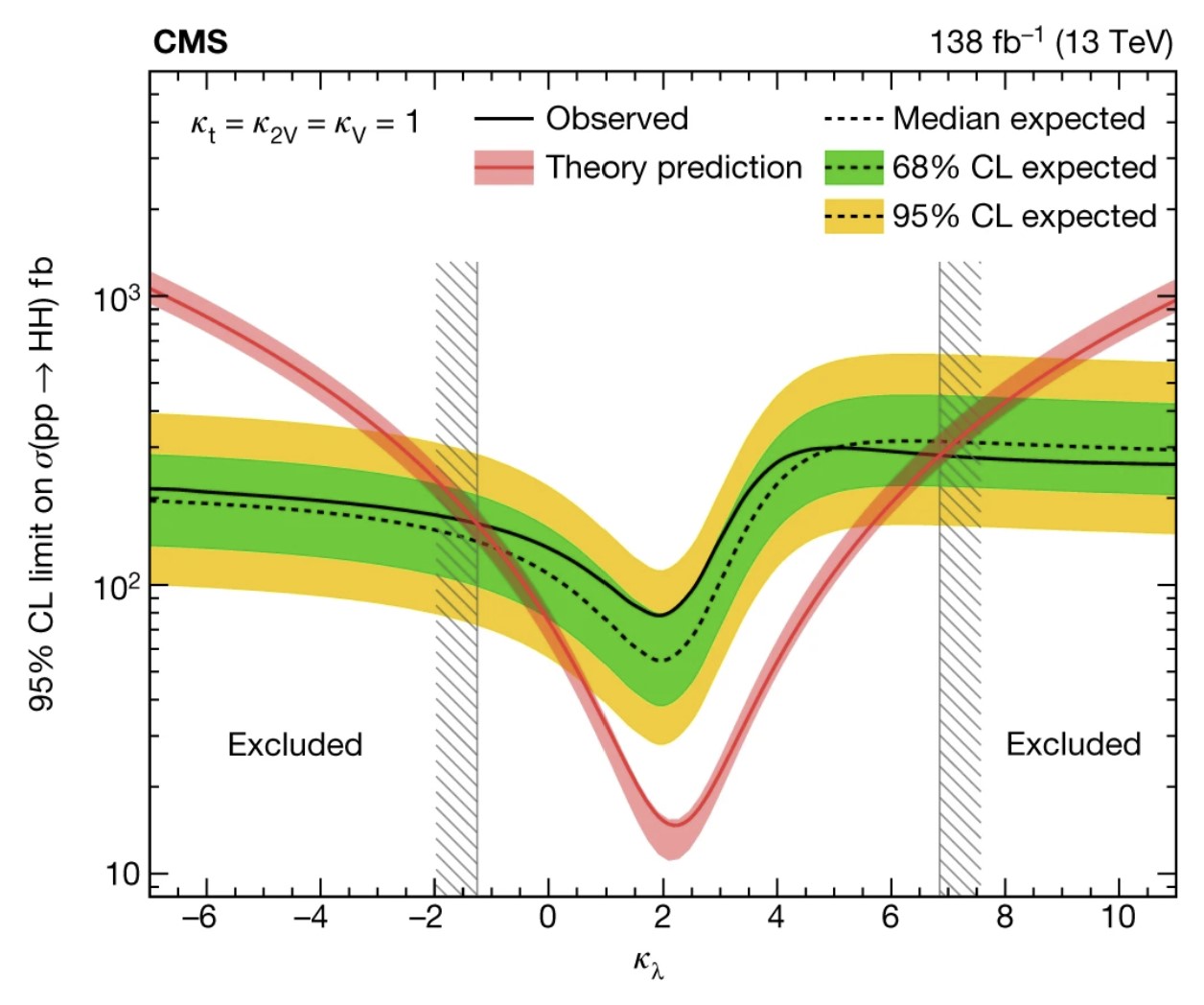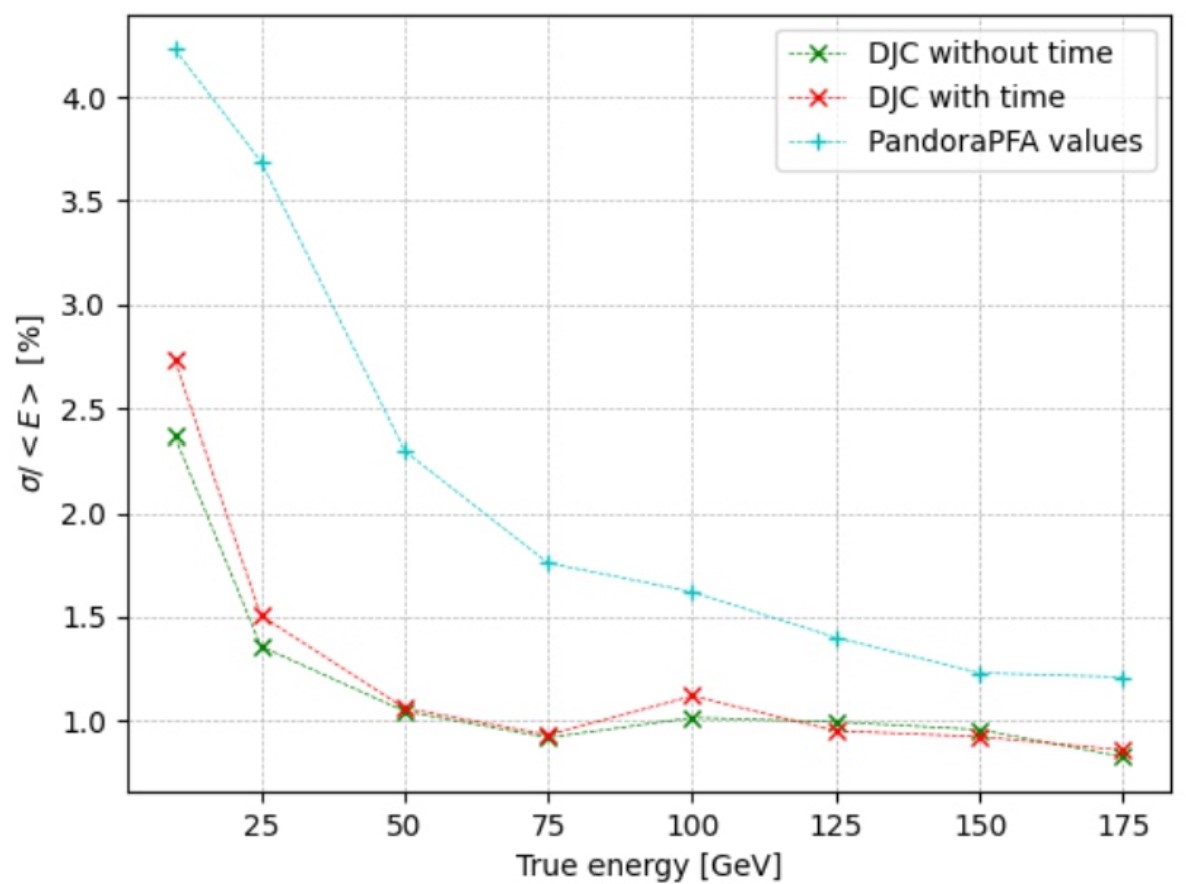 Some Notes On The Utility Function Of Fundamental Science Experiments
Some Notes On The Utility Function Of Fundamental Science ExperimentsEarlier this year I mentioned here that I would be writing an article on how the utility function...
 Understanding Expected Limits, Observed Limits, Exclusion Regions In Particle Physics Graphs
Understanding Expected Limits, Observed Limits, Exclusion Regions In Particle Physics GraphsI recently got engaged in a conversation with a famous retired mathematician / cosmologist about...
 Establishing Benchmarks For Use Of AI In Fundamental Science: Two Proposals To Move Forward
Establishing Benchmarks For Use Of AI In Fundamental Science: Two Proposals To Move ForwardThese days I am in the middle of a collaborative effort to write a roadmap for the organization...
 Optimization In Valencia
Optimization In ValenciaLast week I was in Valencia, to attend the fourth MODE Workshop on Differentiable Programming for...









